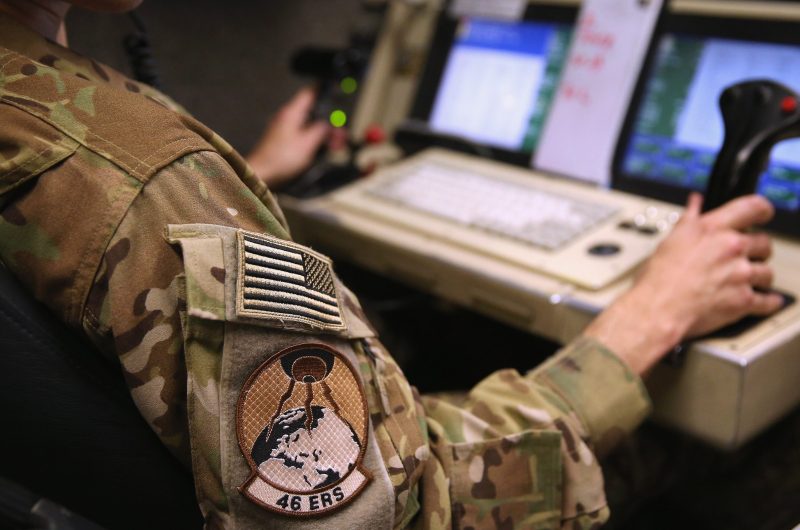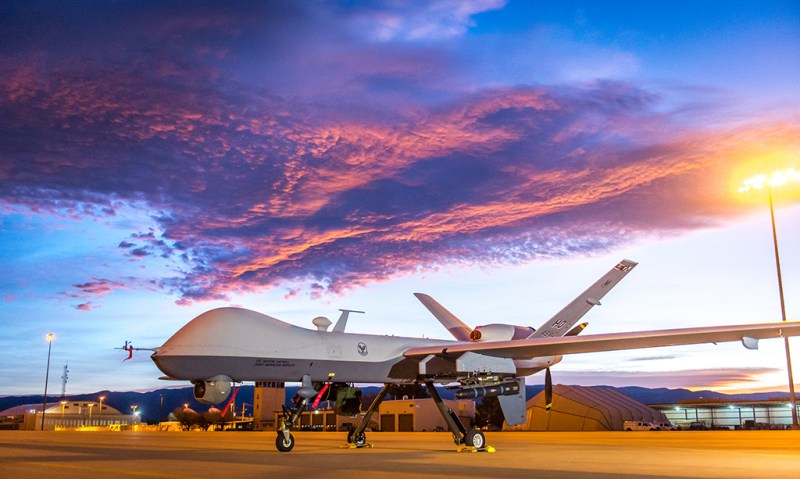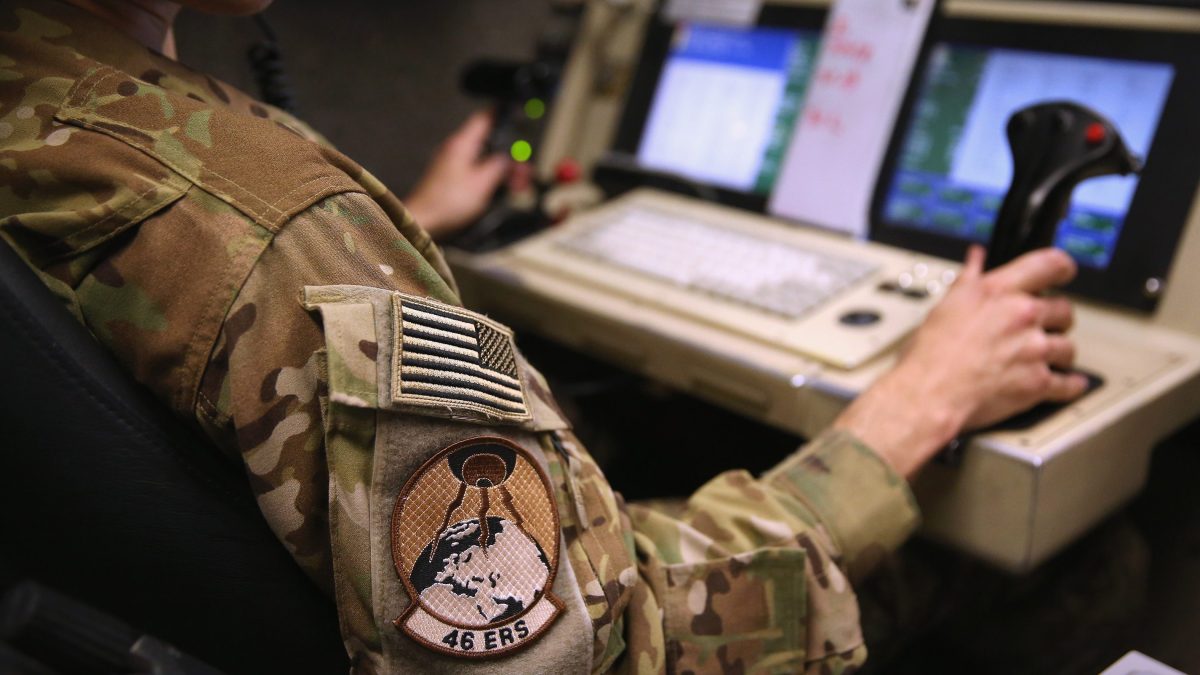
Intelligence analysts and drone pilots experience the trauma of war like other soldiers on the battlefield, an Air Force study found.
Despite being stationed in the United States, far away from the front line, the military personnel that collect intelligence in the fight against terrorist groups, like Al-Qaeda and ISIS, struggle to process their experiences.
While they wage war remotely, their perception over what they are seeing turns out to be just as traumatic as their counterparts on the ground.
Analysts spend hours watching video feeds from drones hovering over violent conflicts, watching troubling events unfold from thousands of miles away. A recent Air Force study found that one in five witnessed a rape over the course of a year, while some reported seeing up to 100 acts of sexual violence or torture, according to NPR.

Some analysts experience more emotional exhaustion after a day of monitoring drone footage than soldiers who’ve fired a weapon, Stars and Stripes reports.
The 480th Intelligence, Surveillance and Reconnaissance Wing, which contains about 80 percent of the Air Force’s imagery analysts, keeps a team of medical professionals to help with the trauma on their base in Virginia.
Psychologists recommend adding more analysts to ease the psychological burden and rotating them to work on something less traumatic can help.
Read more about the findings on NPR.
—RealClearLife
Whether you’re looking to get into shape, or just get out of a funk, The Charge has got you covered. Sign up for our new wellness newsletter today.
























